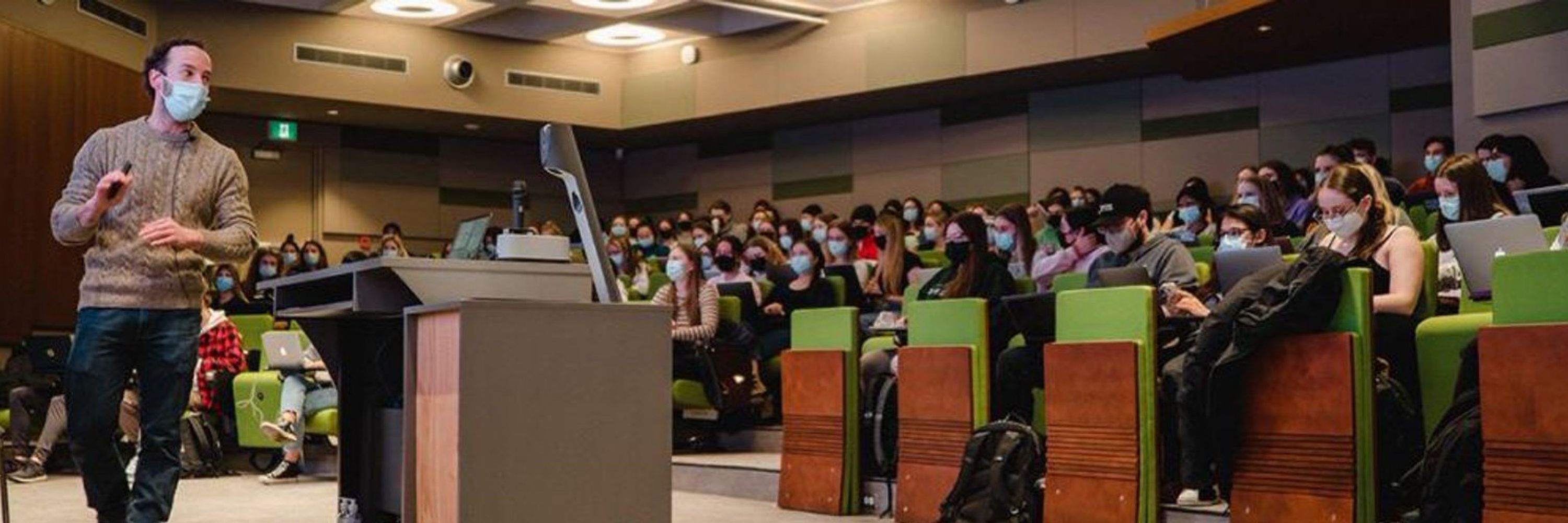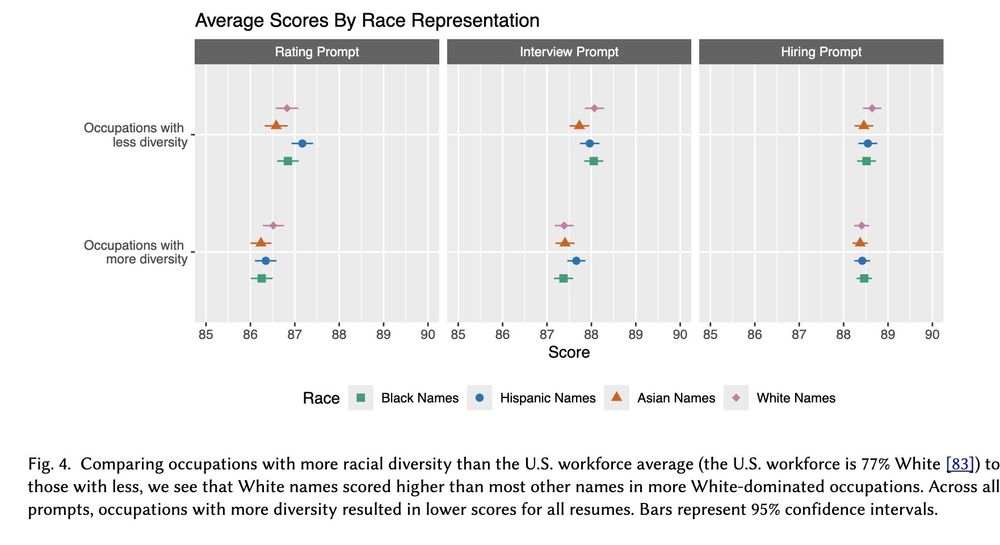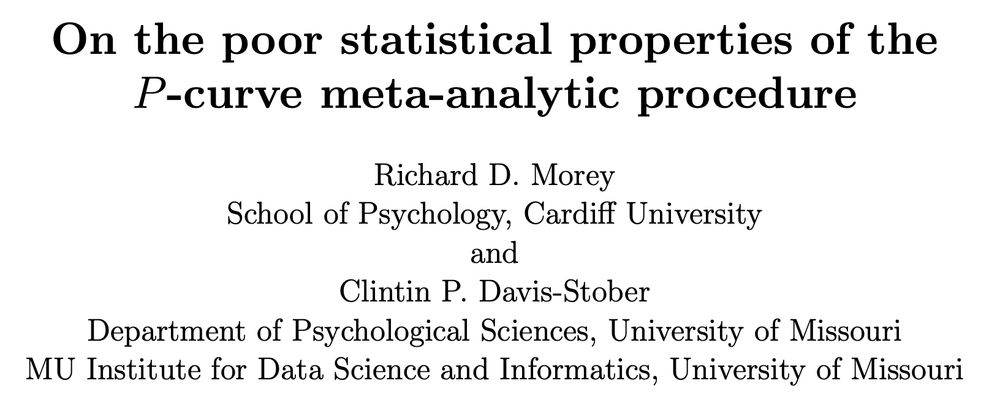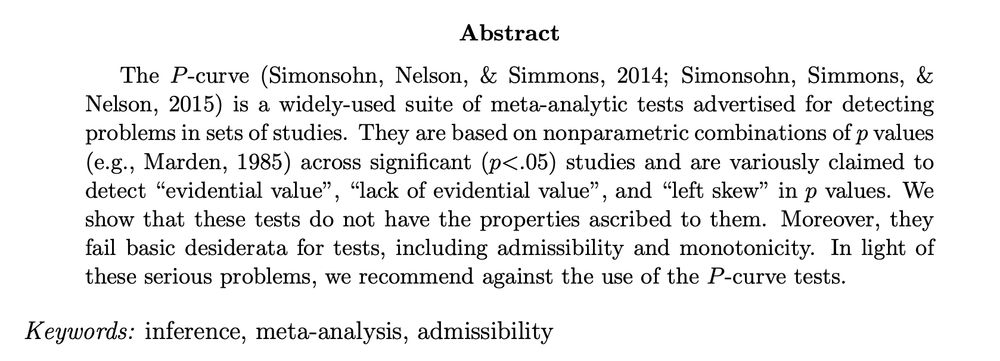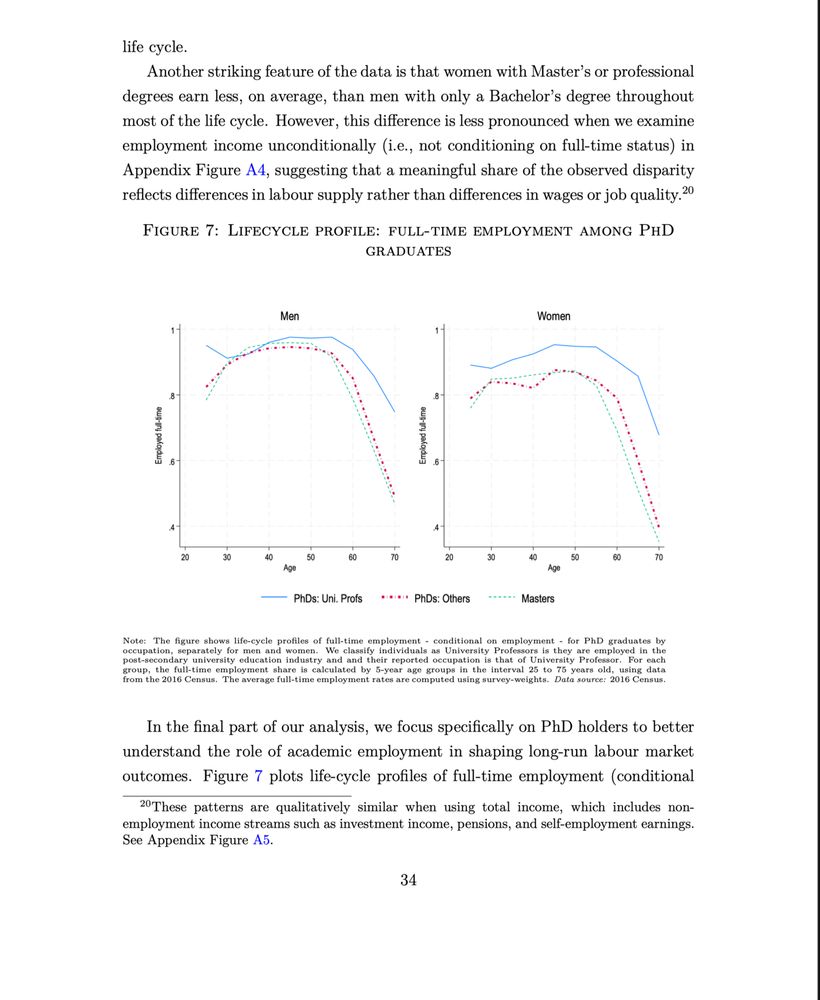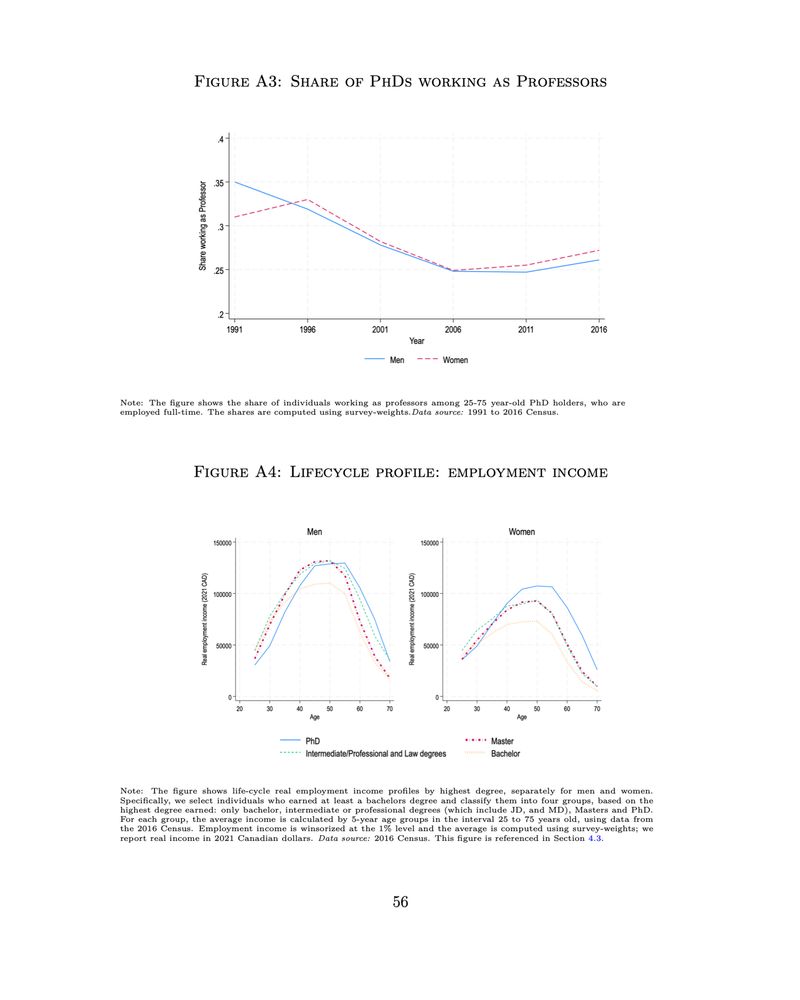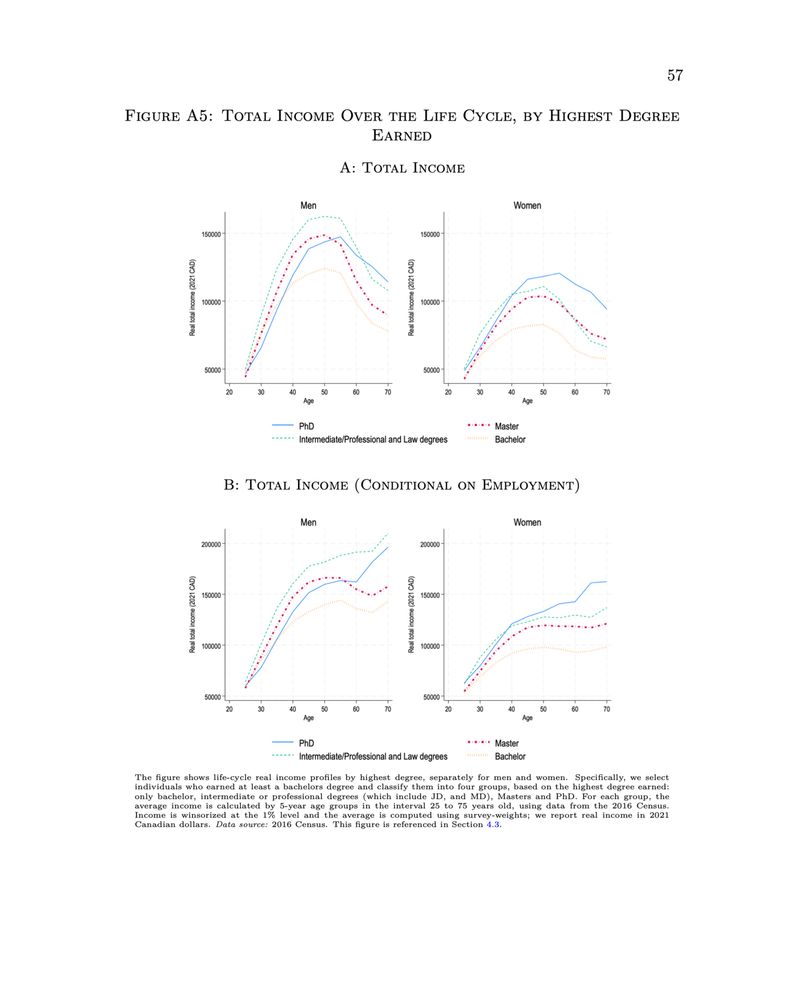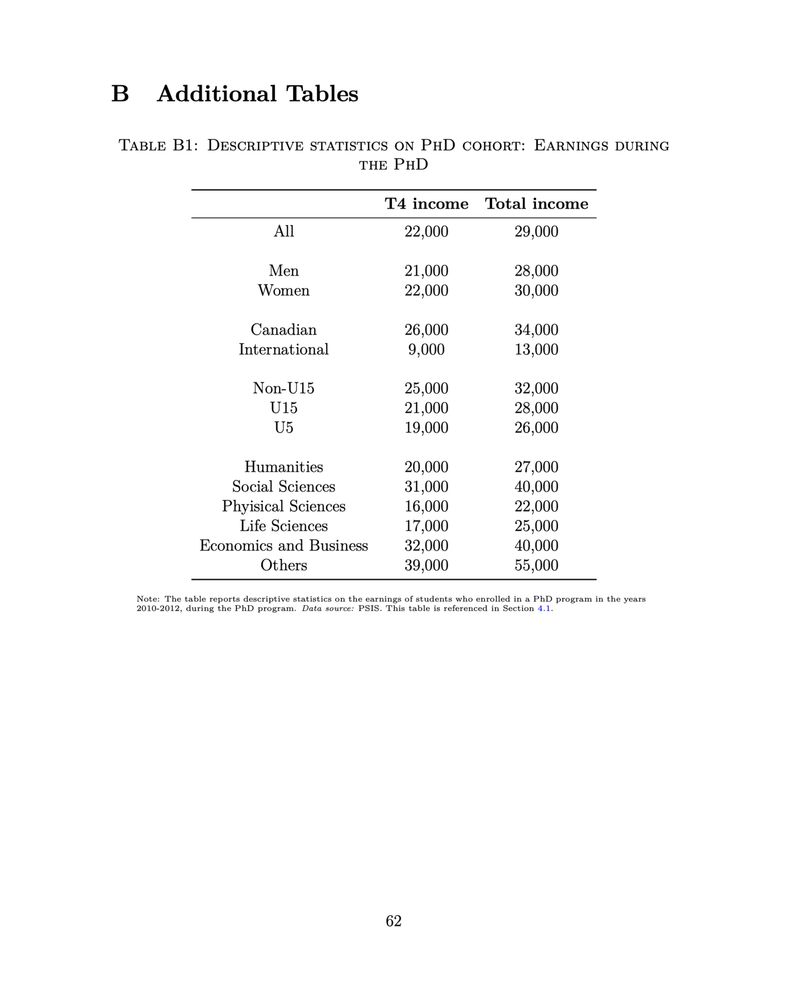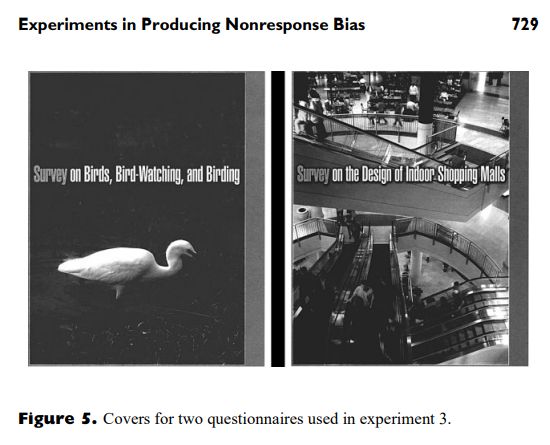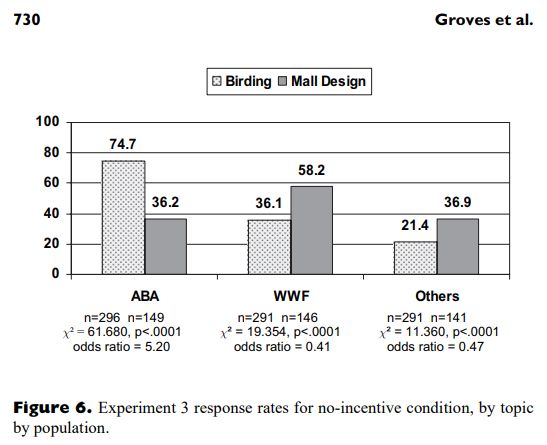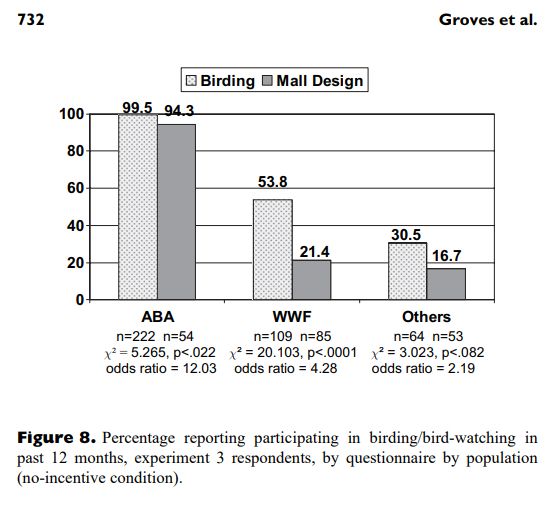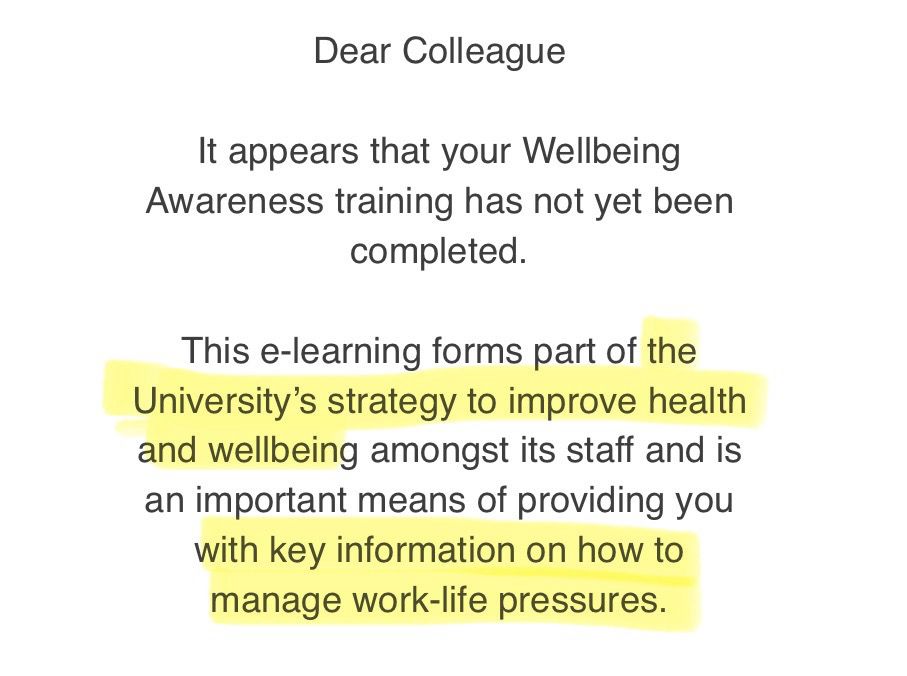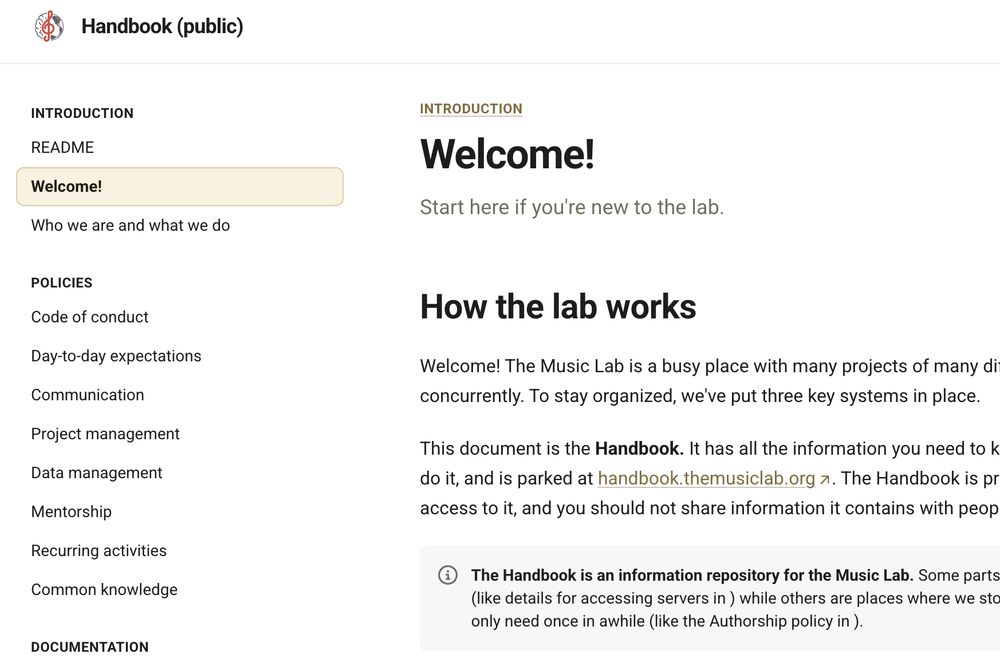Dave Hauser
@davehauser.bsky.social
1.3K followers
150 following
110 posts
Associate Professor of Social/Personality Psychology and co-inventor of the t-shirt cannon; posts about academia, dogs, and academic dogs; he/him
https://davidjhauser.weebly.com
Posts
Media
Videos
Starter Packs
Reposted by Dave Hauser
Reposted by Dave Hauser
Reposted by Dave Hauser
Reposted by Dave Hauser
Dave Hauser
@davehauser.bsky.social
· Aug 18
Reposted by Dave Hauser
Paul F. Tompkins
@pftompkins.bsky.social
· Aug 14
Dave Hauser
@davehauser.bsky.social
· Aug 13
Dave Hauser
@davehauser.bsky.social
· Aug 13
Reposted by Dave Hauser
Reposted by Dave Hauser
Reposted by Dave Hauser
Reposted by Dave Hauser
Steve Flusberg
@sflusberg.bsky.social
· Jul 29
Josh de Leeuw
@joshdeleeuw.bsky.social
· Jul 29

Assistant Professor of Cognitive Science, Tenure Track
Department Cognitive Science Vassar College is dedicated to providing equal employment opportunities to all applicants and employees and welcomes applications from individuals of all backgrounds. Deci...
vassar.wd1.myworkdayjobs.com
Reposted by Dave Hauser
Reposted by Dave Hauser
Reposted by Dave Hauser
Reposted by Dave Hauser
Reposted by Dave Hauser
Dave Hauser
@davehauser.bsky.social
· Jun 23
Reposted by Dave Hauser
Reposted by Dave Hauser
Sylvia Perry
@sylviapperry.bsky.social
· Jun 18
Call for Manuscript Proposals: Special Issue on Intergroup Allyship
Current Directions in Psychological ScienceEditor: Dr. Sylvia PerryIntergroup allyship–referring to actions taken to support, advocate for, or stand in solidarity with members of marginalized groups b...
www.psychologicalscience.org
